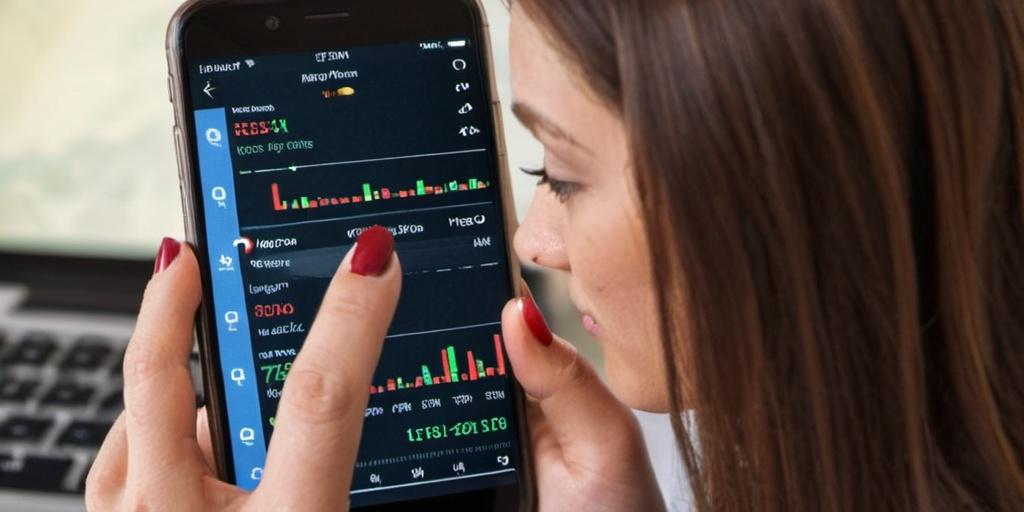In this article:
Simulated trading accounts exist for one reason—letting traders mess up without blowing real money. Whether you’re just starting or testing new strategies, these accounts serve as a low-stakes way to sharpen your instincts before stepping into the market’s fire. You get a replica of the real thing—charts, quotes, indicators, order types—without needing to put actual cash on the line. That’s not just helpful; it’s necessary.
Most platforms offer some version of paper trading, demo trading, or simulation mode. Names vary, but the principle stays the same: a sandbox for traders to learn the hard way, without paying the hard price. And there’s plenty to learn.

Why Simulated Trading Still Matters
The first problem with real trading is how fast it punishes mistakes. Entering positions too early, ignoring stop losses, chasing momentum at the worst possible time—it adds up. Simulated accounts offer a buffer against that cost, and that’s the difference between learning and losing.
There’s no shortage of people who jump into live markets off a few YouTube videos, some Reddit threads, maybe a short course. But without screen time, that knowledge won’t stick. Simulated trading is where habits form. Routines build. Confidence grows. It’s also where traders find out just how emotional and impulsive they are when that chart ticks against them.
But that’s only half of it.
Testing Strategy Without Real Money
A strategy can look solid on paper and still fall apart in real time. Latency, slippage, poor fills, market conditions—all of it matters. Backtesting data doesn’t reflect psychological pressure or decision fatigue. Simulated trading brings you closer to the real-world mechanics without the financial threat. It’s not perfect, but it’s close enough to stress test an idea before putting real capital at stake.
This is especially useful for algorithmic traders or anyone trying to automate part of their workflow. Before a bot ever sees real liquidity, it needs to be hammered with test data. A simulated environment helps catch bugs, logic errors, and false signals before those mistakes drain a live account.
Emotional Discipline Starts Here
Most people are worse traders than they think. The problem isn’t knowledge; it’s execution. Clicking the wrong button in a panic, holding a loser hoping it’ll bounce back, revenge trading after a red day—these habits get expensive fast.
Simulated trading can expose those weaknesses before they get reinforced. It also forces traders to confront the boredom, overtrading, second-guessing, and dopamine-driven decision-making that tanks consistency. A good simulator shows the stats: win rate, average return, holding time, risk-reward ratio. Review enough trades, and patterns start to emerge.
Discipline isn’t a personality trait—it’s a practice. And it starts with trades that don’t wreck your bank account.
What a Good Simulated Trading Account Should Offer
Not all simulated accounts are equal. The better ones give real-time market data, offer multiple order types, and mirror the exact execution mechanics of live trading. If you’re getting delayed quotes or execution prices that don’t reflect reality, you’re practicing with a broken tool. That kind of practice builds false confidence.
Look for a platform that lets you track your trades, analyze performance, and replay past sessions. Some even allow social trading or competition-based simulations, where you can see how you stack up against others.
By the time you switch to a real account, you shouldn’t be guessing. You should know exactly what your setup is, how you manage risk, and how your strategy holds up in different market conditions.
In the middle of all this, platforms like The Trader who offer insights into live and simulated markets, giving a practical bridge between practice and execution. For traders not ready to go live, it’s a way to stay connected without losing focus.
The Catch: Simulated Isn’t Perfect
There are flaws, and they matter. Without real capital on the line, most people trade differently. They take more risk. They hold too long. They get reckless. And they don’t notice because the account balance isn’t real. The psychological shift between simulated and live trading is massive, and it catches people off guard.
That doesn’t mean simulations are useless. It just means they aren’t enough. They’re a start. They reveal patterns. They build technical fluency. But they don’t replace skin in the game. And the sooner traders realize that, the better their transition will be.
From Practice to Profit
Simulated trading accounts are where traders learn how to lose smart, think clearly, and build systems. Not perfect systems, but better than gut-feeling trades made off news headlines and internet hype.
If you can’t follow a plan in a simulator, you won’t do it with real money. If you can’t sit through drawdown without flipping your whole approach, it’s better to find out in simulation than after a blown account.
The market isn’t kind. It doesn’t slow down for late clicks or bad habits. Simulators give traders a shot at getting it right before those mistakes start to cost. Use them well, or expect the market to teach the same lessons—more painfully and more expensive.
This article was last updated on: August 19, 2025
